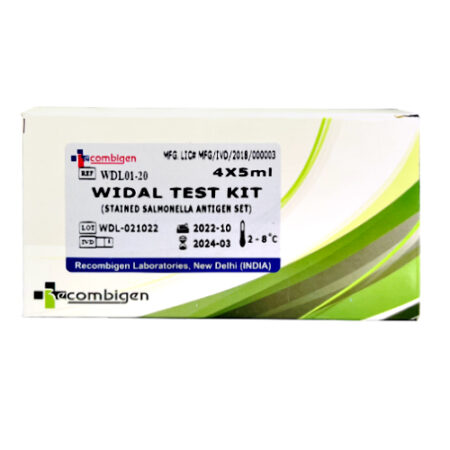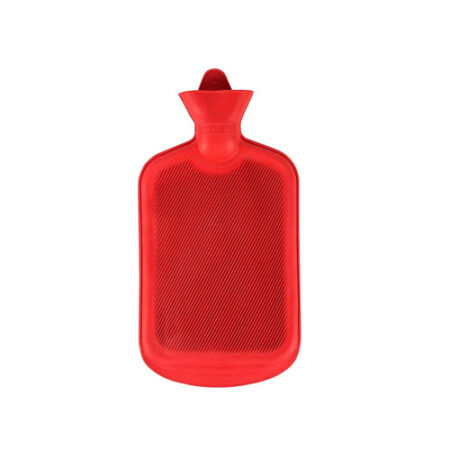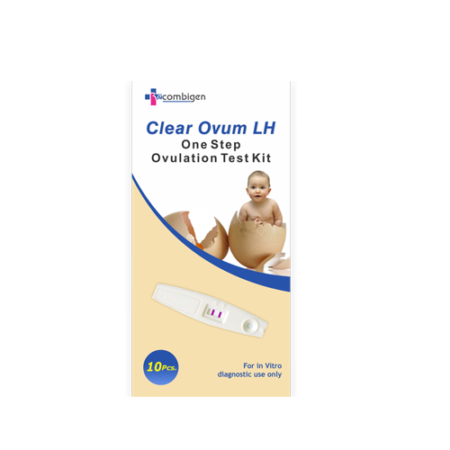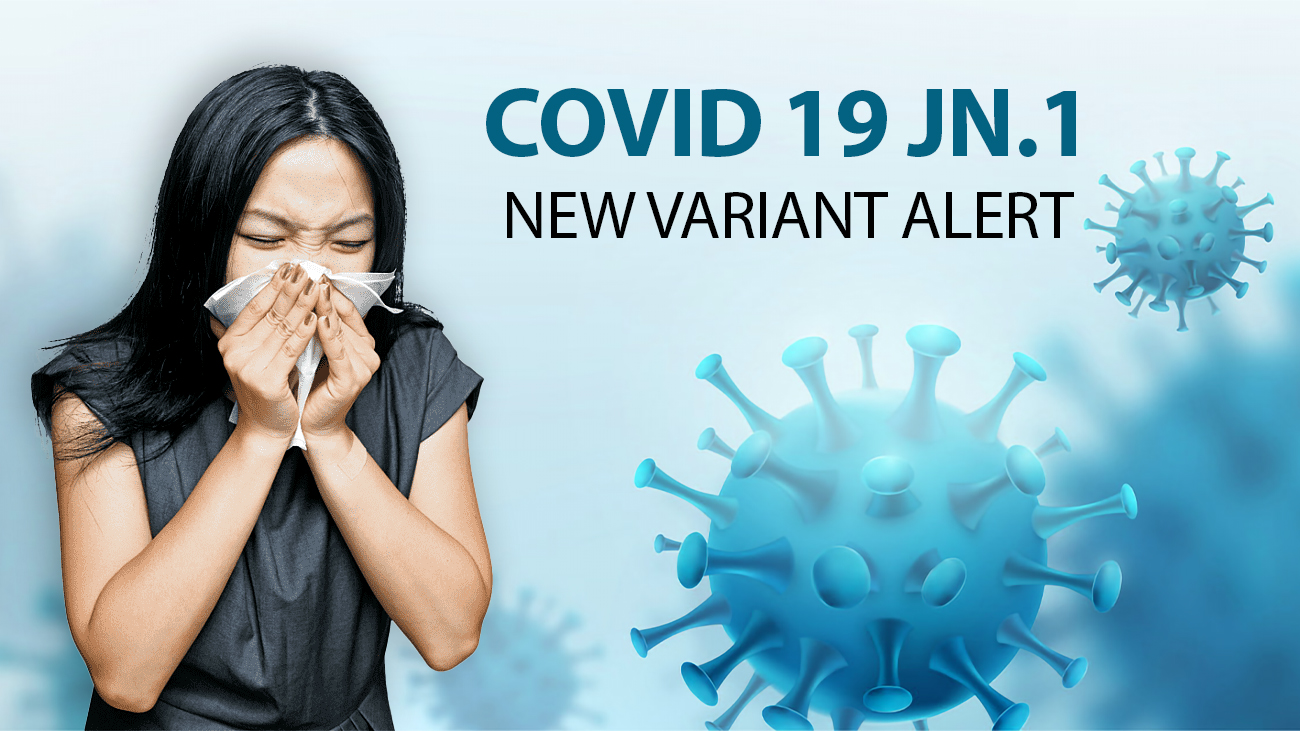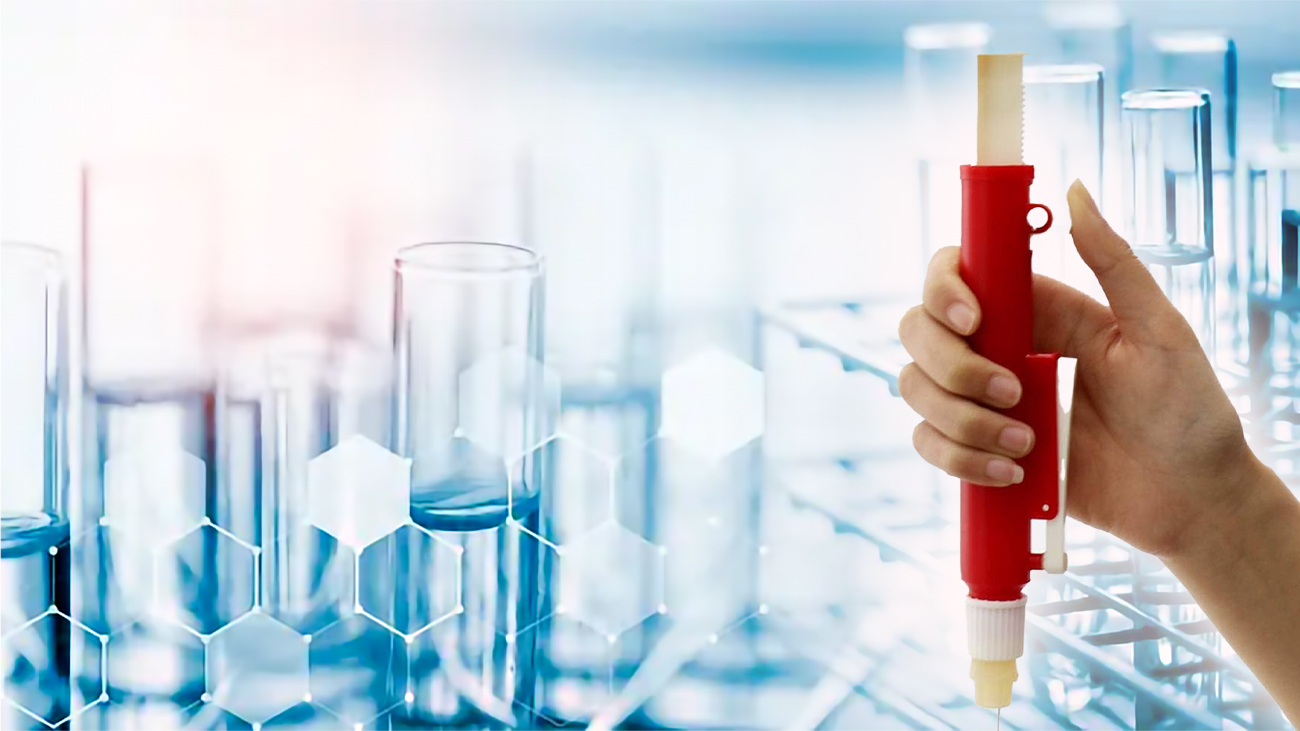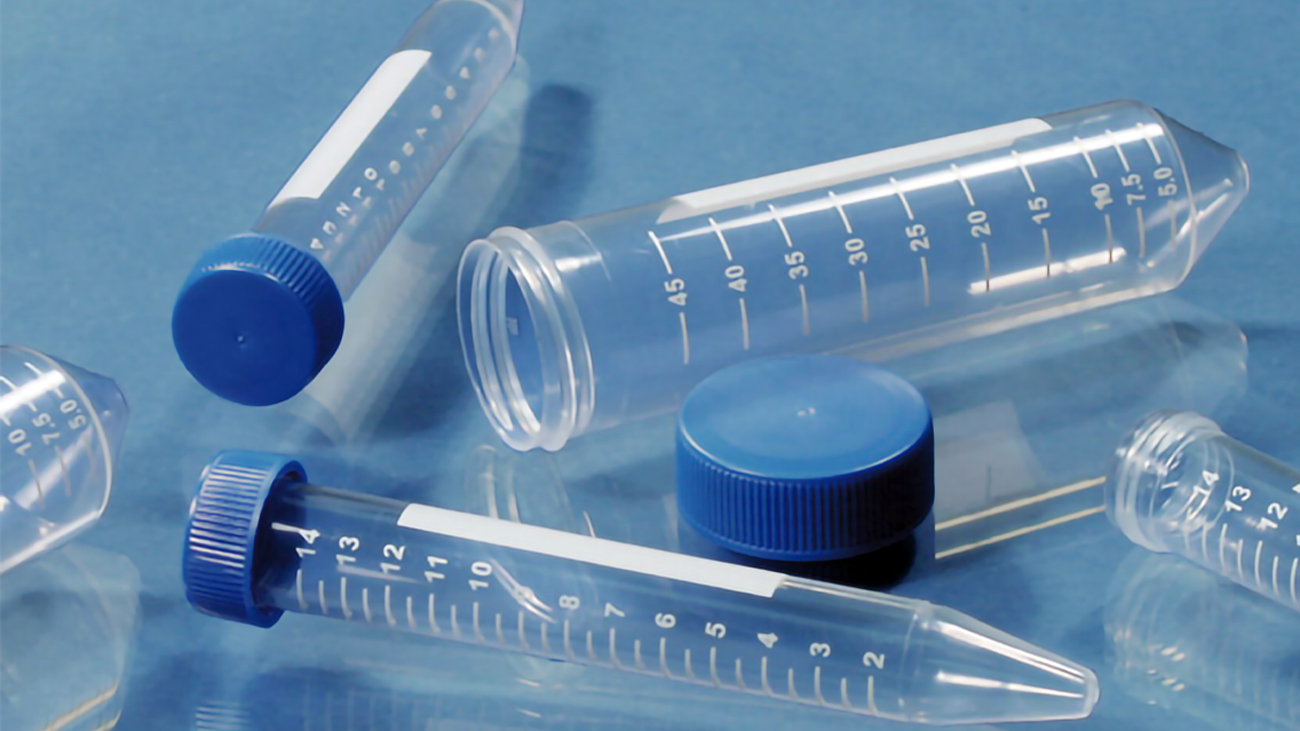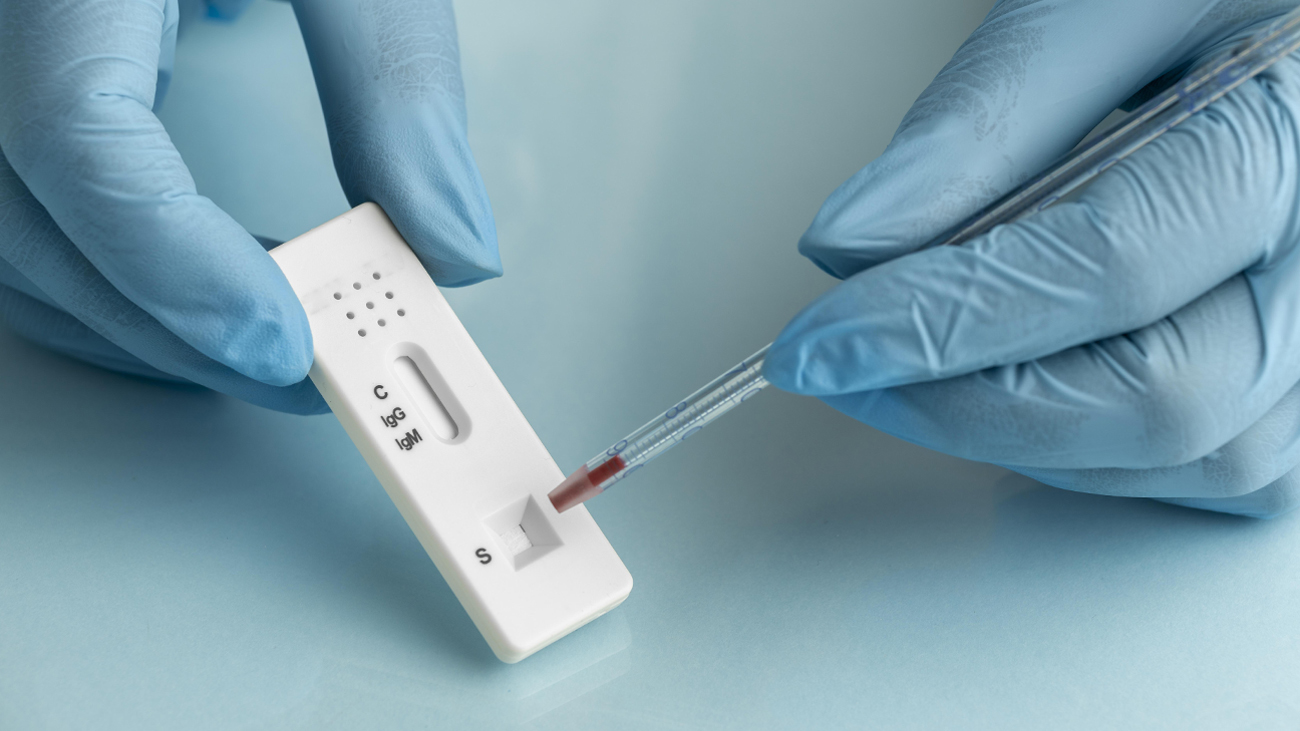Mumps Virus Resurgence: What You Need to Know in 2024
In recent years, the mumps virus has made a concerning comeback, sparking outbreaks in various parts of the globe. Despite widespread vaccination efforts, communities are grappling with renewed challenges posed by this contagious disease. In this article, we’ll delve into the latest updates on the mumps virus and provide insights on how to stay informed and protected.
Understanding Mumps: Mumps is a highly contagious viral infection known for causing painful swelling of the salivary glands. It spreads through respiratory droplets or direct contact with infected individuals. While vaccines have significantly reduced mumps cases over the years, recent trends suggest a resurgence in outbreaks, prompting renewed concerns among public health experts.
Current Status of Mumps Outbreaks: In 2024, mumps outbreaks have been reported in various settings, including schools, universities, and community gatherings. Despite vaccination programs, some vaccinated individuals have contracted the virus, indicating potential gaps in immunity and vaccine effectiveness. These outbreaks serve as a reminder of the importance of maintaining high vaccination coverage and vigilance in monitoring infectious diseases.
Factors Contributing to the Resurgence: Several factors contribute to the resurgence of the mumps virus. These include waning immunity among vaccinated individuals, suboptimal vaccine effectiveness over time, and increased global travel facilitating the spread of the virus. Additionally, misinformation about vaccines and complacency regarding infectious diseases have fueled hesitancy among certain populations, further complicating efforts to control outbreaks.
Public Health Response: Public health authorities are working tirelessly to contain mumps outbreaks and prevent further spread of the virus. This includes promoting vaccination campaigns, enhancing surveillance systems, and implementing targeted interventions in affected communities. Collaboration between healthcare providers, policymakers, and the public is crucial in addressing the resurgence of mumps and other vaccine-preventable diseases.
Staying Informed and Protected: To protect yourself and your community from mumps, it’s essential to stay informed and take preventive measures. Ensure you and your family are up to date on vaccinations, including the MMR (measles, mumps, and rubella) vaccine, which provides immunity against mumps. Stay vigilant for symptoms such as swollen glands, fever, and headache, and seek medical attention if you suspect mumps infection.
Conclusion: The resurgence of the mumps virus is a sobering reminder of the persistent threat posed by infectious diseases. By staying informed, prioritizing vaccination, and practicing good hygiene, we can collectively work towards mitigating the impact of mumps outbreaks and protecting public health. Let’s unite in our efforts to combat the resurgence of the mumps virus and create healthier communities for all.

